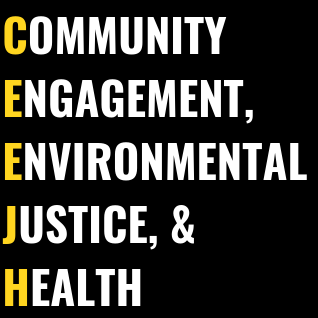Drinking Water Contamination and Child Development in Delaware
Figure. Sociodemographic Quintiles with CAFOs and Schools in Delaware
Concentrated animal feeding operations (CAFOs), defined as large animal operations that house tens of thousands of animals for food production, can produce high quantities of manure, which can runoff from feedlots to cause nitrate groundwater contamination. The EPA estimates that Delaware has, by far, the nation’s highest percentage (53%) of state area with groundwater nitrate concentrations greater than the EPA recommended safe limit of 5mg/ml. Due to these elevated nitrate counts, there is cause for concern that nitrate well water contamination is more pervasive than what is currently documented. According to the US Department of Education, Delaware ranks 8th out of 49 states for the percentage of students ages 6-21 with disabilities and 6th out of 46 for percentage of students ages 3-5 with developmental delay.
In collaboration with the Socially Responsible Agricultural Project (SRAP, Inc.), CEEJH conducted a study to explore the possible connections between drinking water well proximity to agricultural operations (including CAFOs), local nitrate concentrations in groundwater, and the association with special education program enrollment, math proficiency, and English proficiency throughout the state of Delaware using GIS. We also examined whether CAFOs and their associated pollutants present and environmental justice concern for Delaware residents. A detailed report of our findings can be read below.

